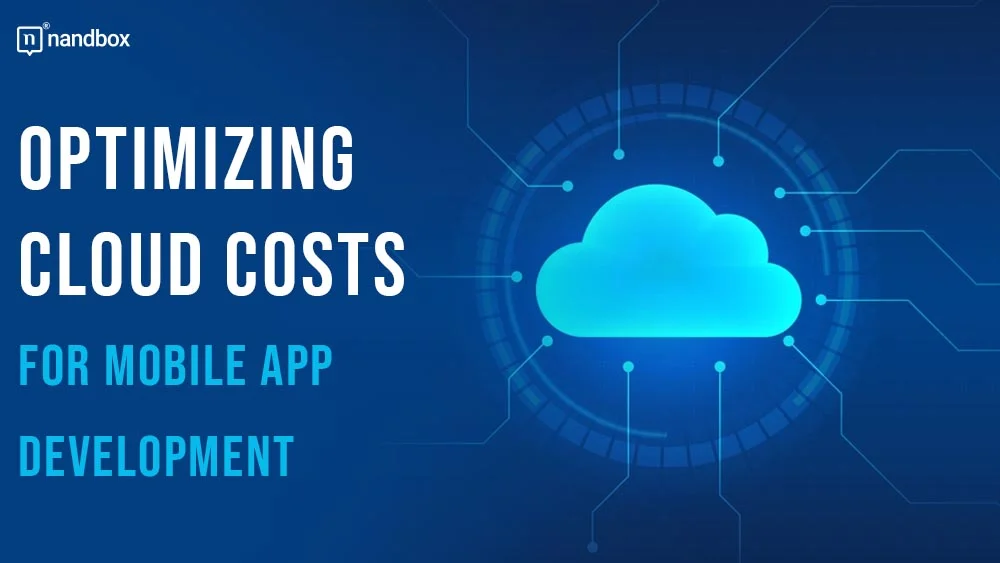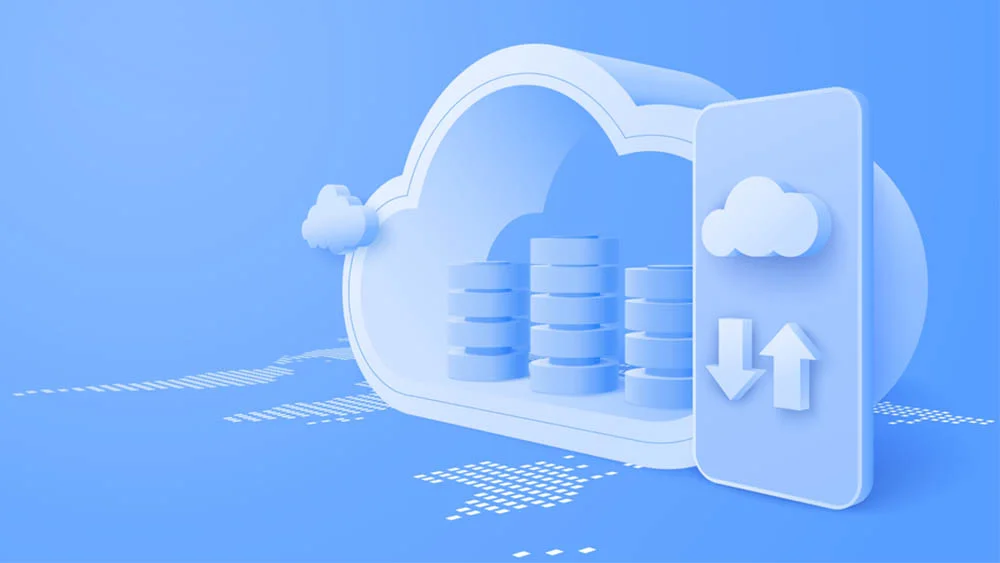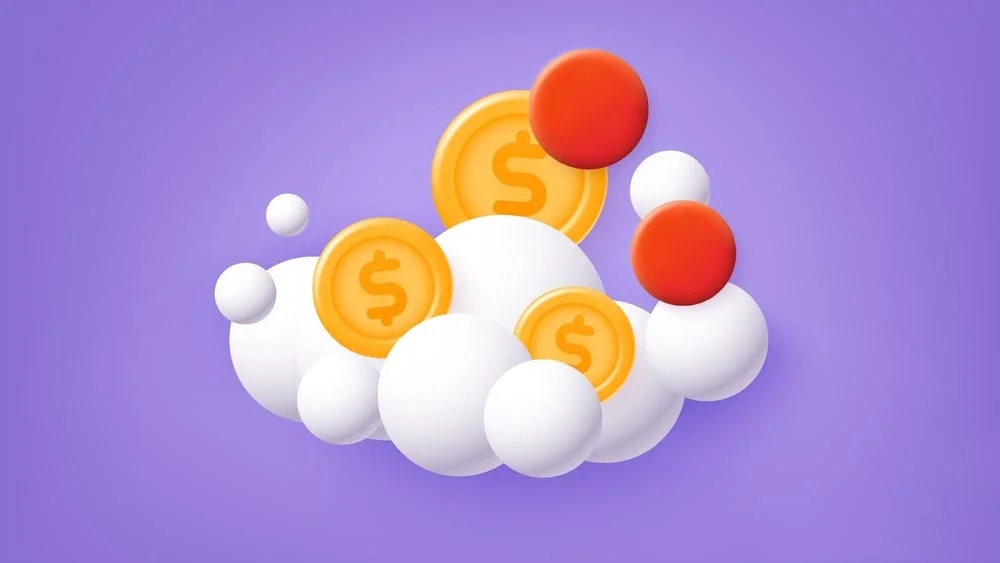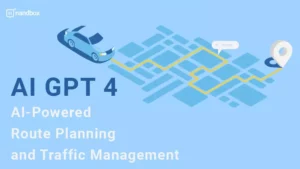In today’s digital age, mobile app development is more dynamic than ever. With developers and businesses relying heavily on cloud services to power their applications. Cloud platforms offer flexibility, scalability, and global reach, but they come with challenges— managing costs. As mobile apps grow in complexity and user base, cloud costs can spiral out of control if not monitored and optimized effectively. Understanding how to optimize cloud costs is crucial for businesses looking to stay competitive. In this article, we’ll explore strategies for controlling cloud expenditure while maintaining the performance and reliability of mobile apps, and for further insights, you can visit this page.
The Rise of Cloud Services in Mobile App Development
Mobile application development has changed significantly over the last decade. This is not the case today since apps have evolved from basic. Locally installed programs. Nowadays, almost all applications are based on the combination of cloud computing and mobile technologies to provide users with smooth interaction across devices and spaces. Cloud is now the foundation for new-generation mobile apps. They handle everything from data storage to computation and real-time analysis.
This is a great reliance on cloud services, and it comes with great benefits like low infrastructure costs, flexibility, and increased security. However, the cloud is not without its drawbacks. Many developers and businesses. For example, underestimate the costs tied to cloud infrastructure as soon as their apps gain traction. This problem is associated with the availability of cloud resources. Which can be accessed at any time and can lead to overspending, affecting profitability.
Understanding the Cost Drivers
To begin with, it is crucial to identify factors that contribute to costs in the cloud environment when it comes to mobile app development. Most cloud service providers, including AWS, Google Cloud, and Azure, use a pay-per-use model. Where businesses are charged per usage of resources like CPU cycles, storage space, network transfers, and other services like machine learning and analytics.
- Compute Costs are the costs applicable to the execution of your app’s code on virtual servers. These charges depend on the processing power, memory. And availability of the server instances consumed by the user. Applications that need frequent updates, real-time user interactions, or computations can quickly incur high compute costs.
- Storage Costs: All apps have data in and out; every app creates and consumes data. This data includes user data, app logs, and media files. And it is crucial to store them securely and make them easily accessible. Costs are related to the amount of data stored and the type of storage. Such as hot or cold storage.
- Data Transfer: Each time data is transferred from one server to another or from the cloud to the end users It costs something. Applications incorporating rich media elements or actual-time data interaction could have high data transfer costs.
- Idle Resources: In some cases, developers keep the cloud resources active even when the resources are not in use. Which is costly. Eliminating instances that are no longer in use is one of the most basic yet efficient ways to reduce cost.
Tactics to Minimize Cloud Expenses
- Right-Sizing Resources: Overprovisioning resources is one of the most significant drivers of increasing cloud expenses. Developers often select a more prominent instance or more storage than required now to accommodate future growth. When scaling, it is always good to have a strategy in place. But it is also important not to be charged for resources you are not using. Closely monitor the performance requirements of your mobile application and ensure that you properly scale your cloud resources.
- Leverage Auto-Scaling: Auto-scaling is a service offered by almost all cloud providers. It allows the number of active resources to be dynamically adjusted depending on traffic or load. This feature means that your app can deal with influxes of traffic without input. Shrinking during low usage to save money. Auto-scaling is helpful because you only pay for the resources when they are required, thereby minimizing wastage.
- Utilize Spot Instances: Most cloud providers have spot instances, spare computing resources that can be acquired at a much lower price than the usual instances. Although these instances are not always dependable (as the provider can reclaim the example at any time). They are a good solution for non-essential work or applications that are not time-sensitive and don’t need to be online all the time. Such as a batch process.
- Monitor and Optimize Storage Solutions: Optimizing the storage space is critical in ensuring costs do not skyrocket in the cloud environment. Tiering of storage where the most frequently accessed data is stored in expensive fast media while the rest of the data is stored in cheaper and slower storage media is another useful strategy. Further, compressed data should be used where possible. And storage media should be checked frequently to delete unwanted files. If you want to reduce your costs on cloud hosting, you can make use of different deals and promotional campaigns offered by the cloud hosting provider. For example, this Black Friday, Cloudways is offering 40% off for 4 months and 40 free migrations. Visit Cloudways to avail the deal.
The Long-Term Impact of Cloud Cost Optimization
Reducing cloud costs is not a one-time process; it is a continuous process that needs to be managed and updated. The cloud requirements of mobile applications also change as the applications become more complex with time. It is necessary to conduct frequent checks of cloud usage and allocate resources in the best possible way to avoid spending more money than needed. There are more advantages of cloud optimization than just the financial aspect. But by doing so. You are also enhancing the efficiency and stability of the mobile app that is associated with the cloud resources, which in turn increases the usability of the application.
Conclusion
Cloud computing is one of the most important factors to have influenced the development of mobile apps and has equipped developers with the flexibility and scalability they require. But if cost is not managed. The above mentioned advantages will turn into disadvantageous costs. Some of the approaches that mobile app developers can adopt to manage their cloud costs effectively include right-sizing resources, auto-scaling, FinOps, and optimizing data transfer. The only way to achieve this is by maintaining a constant concentration on the cloud cost optimization in your application as it scales.







